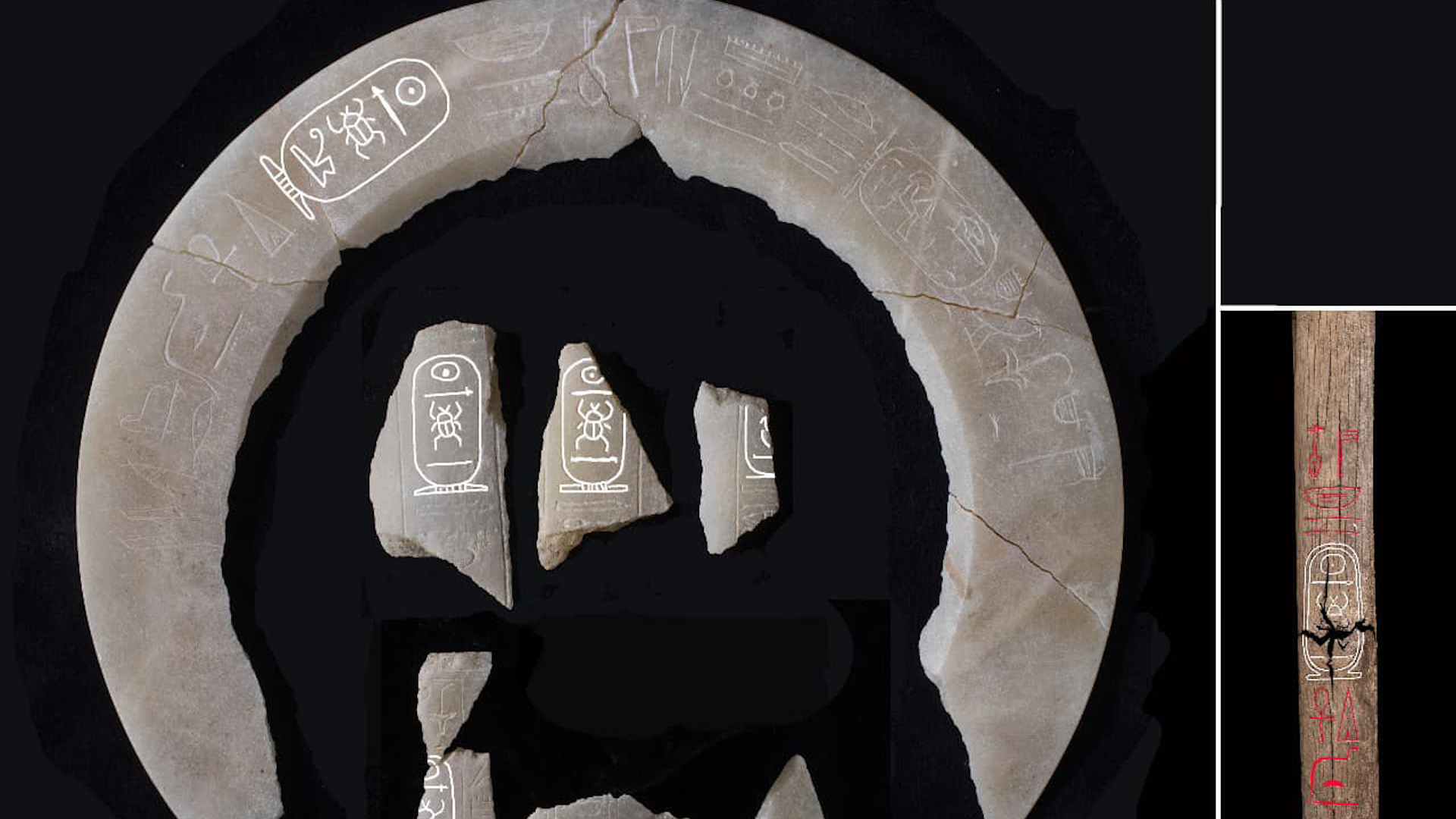
[craig nigrelli]
A DISCOVERY MORE THAN THREE-THOUSAND YEARS IN THE MAKING.
EGYPTIAN OFFICIALS SAY THAT SEARCHERS HAVE FOUND THE LAST OF THE LOST TOMBS OF ANCIENT EGYPT’S EIGHTEENTH DYNASTY KINGS.
A JOINT EGYPTIAN-BRITISH ARCHAEOLOGICAL MISSION DISCOVERED THUTMOSE TWO’S TOMB IN THE MOUNT OF THEBES AREA — WEST OF LUXOR AND THE RENOWNED VALLEY OF THE KINGS.
THE ENTRANCE AND MAIN PASSAGE INTO THE TOMB — WHICH UNTIL NOW HAD BEEN KNOWN ONLY AS “TOMB NUMBER C-4” — WERE DISCOVERED IN 20-22 AND EXCAVATIONS HAVE CONTINUED SINCE THEN.
THE MUMMY OF KING THUTMOSE TWO WAS DISCOVERED AT A DIFFERENT LOCATION DURING THE 19-TH CENTURY.
EXPERTS SAY IT WAS LIKELY MOVED AFTER BEING LOOTED BY TOMB RAIDERS.
THE DISCOVERY OF THUTMOSE TWO’S TOMB MARKS THE FIRST ROYAL EGYPTIAN TOMB TO BE DISCOVERED SINCE KING TUTANKHAMUN’S (too·tuhn·KAA·muhn) FINAL RESTING PLACE WAS FOUND IN 19-22.











